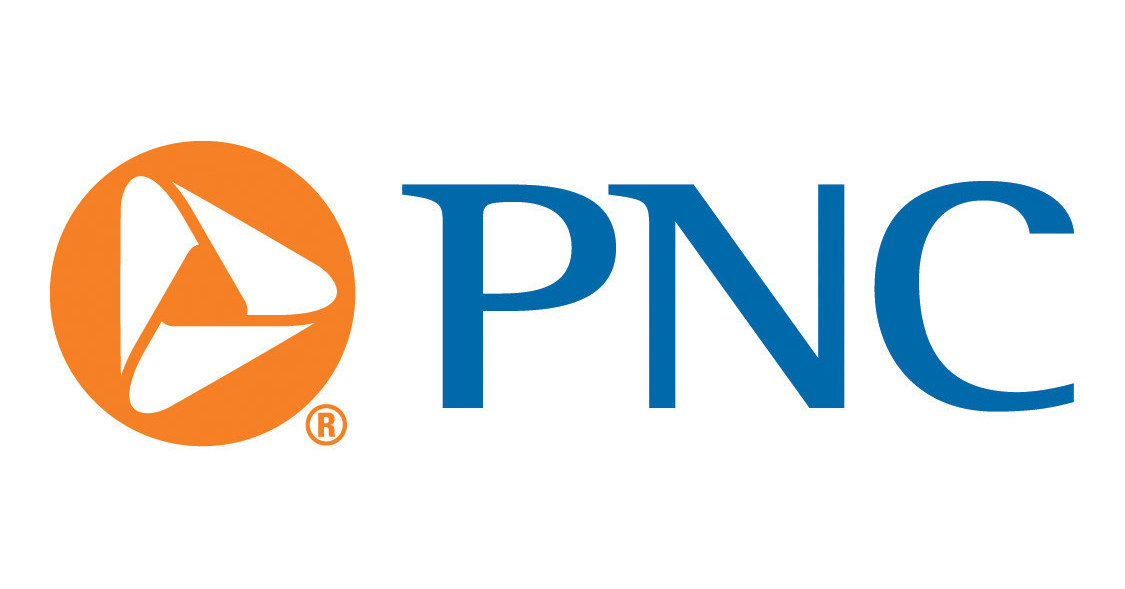Source: Tony Dante
Anticipated Financial Performance of PNC Financial Services Group
On October 15, 2025, PNC Financial Services Group (NYSE:PNC), a leading financial institution in the United States, is poised to release its quarterly earnings report. Wall Street analysts have forecasted an Earnings Per Share (EPS) of $4.05 for the quarter, which marks a 16.1% increase year-over-year. In addition, the projected revenue for this period is approximately $5.81 billion, reflecting a 7.3% rise from the previous year.
Factors Driving PNC’s Earnings Momentum
Several positive factors are expected to spur PNC’s revenue and earnings momentum. A notable driver is the increase in net interest income (NII), which is the difference between the interest income a bank earns from its lending activities and the interest it pays to depositors. As a major source of revenue for banks, a rise in NII often signals an improvement in the bank’s profitability.
Furthermore, the presence of stable interest rates is another significant factor. When interest rates are stable, banks can better predict their future income and expenses, which allows for more accurate financial planning and potentially higher profits.
Steady lending demand is also anticipated to boost PNC’s earnings. As the economy recovers from the COVID-19 pandemic, businesses and consumers are likely to seek more loans, thereby increasing PNC’s lending income.
PNC’s Competitive Standing in the Financial Sector
PNC competes with other major banks like JPMorgan Chase and Bank of America in the financial sector. Offering a wide range of services, including retail banking, corporate banking, and asset management, PNC is viewed as a key player in the industry. Its earnings performance can provide crucial insights into the health and direction of the financial sector.
PNC’s Projected Fee Income and Expenses
In addition to the drivers mentioned above, PNC’s fee income is projected to rise due to stronger performance in capital markets, asset management, and card services. This revenue, which comes from service charges and fees, is a crucial part of PNC’s overall revenue.
However, PNC is also expected to grapple with higher expenses. While the bank surpassed the Zacks Consensus Estimate in the previous quarter, primarily due to a rise in NII and loan balances, it also faced challenges from increased expenses and provisions for credit losses, as well as declining fee income.
PNC’s Financial Metrics and Valuation
PNC’s financial metrics offer valuable insights into its valuation and financial health. The company’s price-to-earnings (P/E) ratio stands at approximately 11.95, which indicates the price investors are willing to pay for each dollar of its earnings. This ratio suggests that investors see potential in PNC’s future earnings growth.
The bank’s debt-to-equity ratio is about 1.05, showing the proportion of debt used to finance the company’s assets relative to shareholders’ equity. A debt-to-equity ratio of 1.05 indicates a balanced financial risk profile, suggesting that PNC has maintained a healthy mix of debt and equity in its capital structure.
In conclusion, PNC Financial Services Group’s upcoming earnings report may shed light on its financial health and growth prospects. The key factors influencing its results – including net interest income, stable interest rates, and steady lending demand – could provide valuable insights for investors and the wider financial sector.

